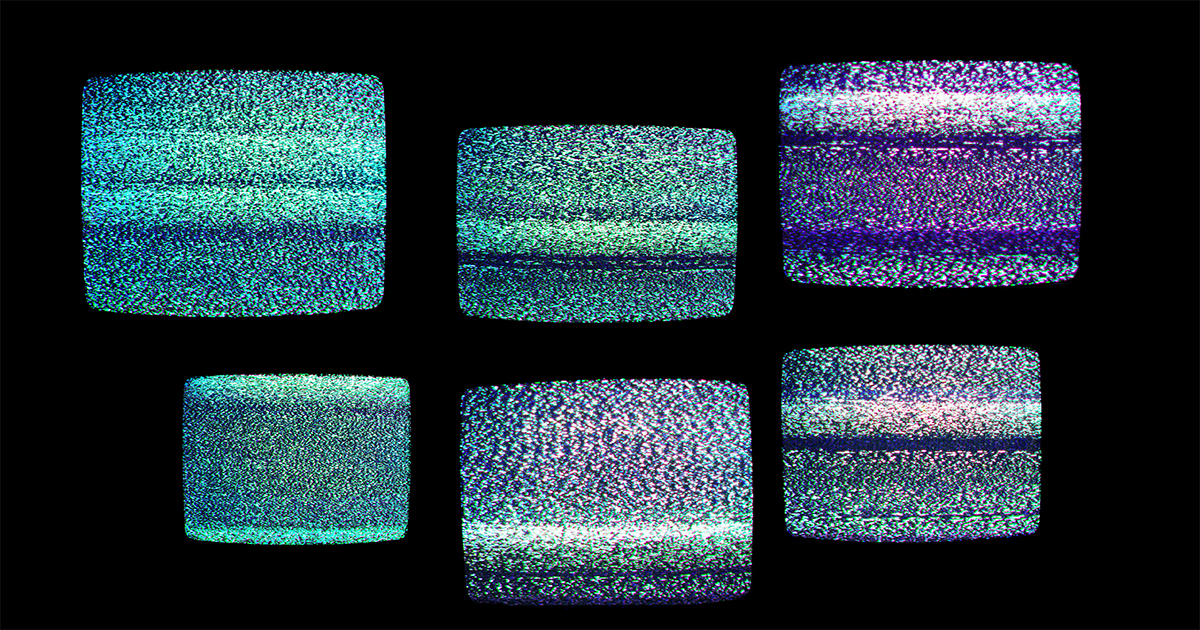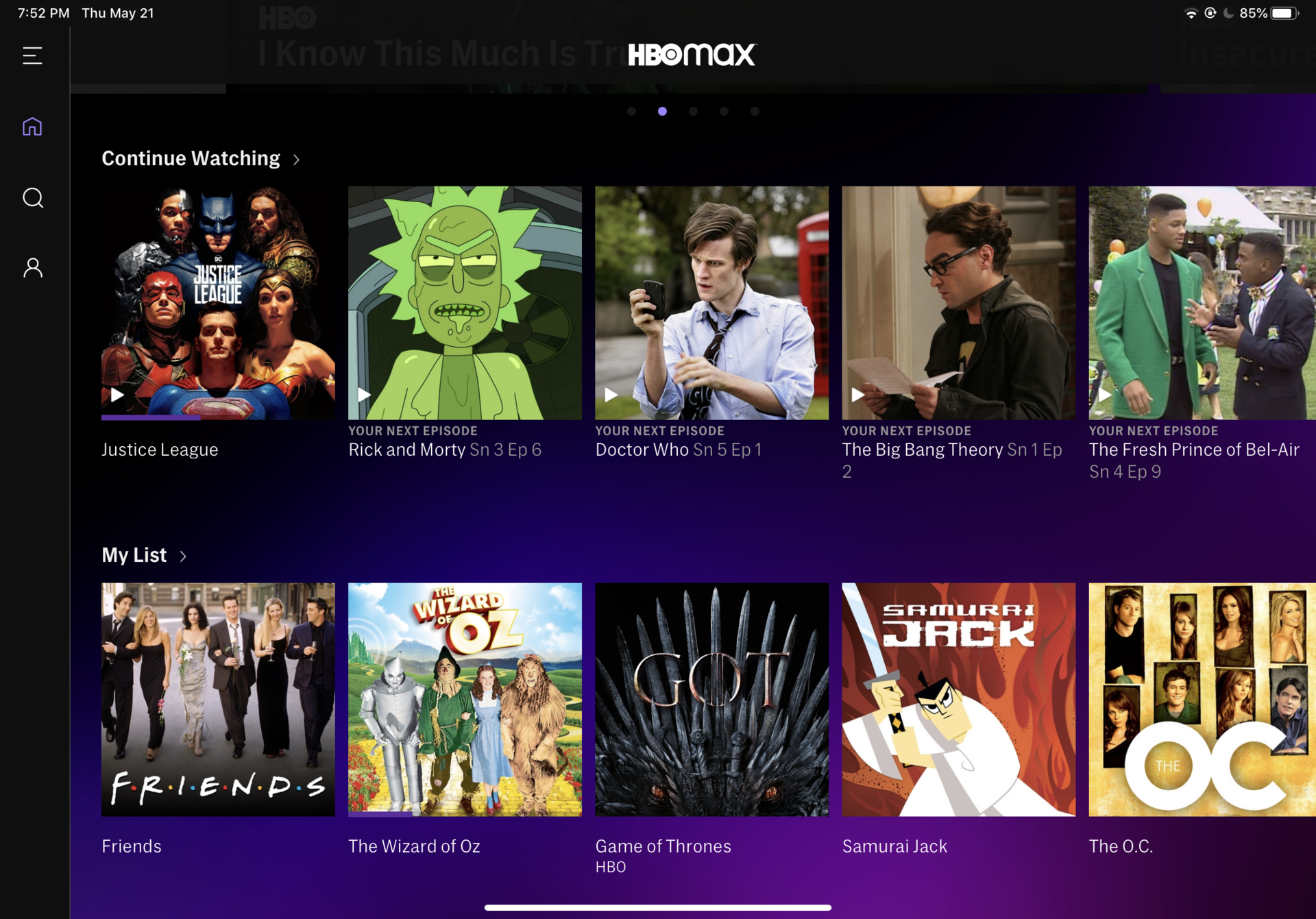
By Carl Furgusson, VP, Portfolio Development, MediaKind

4K High Dynamic Range (HDR) has affirmed itself as a core part of the broadcast landscape. Broadcasters are quickly increasing the amount of content created in both native 2160p and 1080p50/60 HDR — with 4K displays upconverting the latter images to 2160p. HDR is now front-of-mind for content producers looking to elevate their live and on-demand media experiences.
The market has settled on both HLG and PQ-based formats for the production environment, and content is increasingly mastered in HDR for longevity. Streaming services have been able to adopt and deliver HDR in a much quicker timescale, while Set-Top Box (STB) refresh cycles are slowing the pace of rollout in some Pay TV and DTT platforms.
From consumer electronic devices to live production techniques, HDR is well positioned across the media landscape. The primary HDR standards have been widely implemented and increasingly becoming available at home with most recent 4K TV set purchases, offering consumers a flavor of next-generation media experiences. End-to-end delivery of HDR relies on compression codecs that can support 10-bit or greater bit-depth, which coincides with the desire for compression codecs to increase the efficient delivery of 4K or higher resolutions.
Elevating Video-On-Demand
The appeal of HDR is evident when compared with Standard Dynamic Range (SDR) viewing. It significantly improves the light levels, highlights and color range compared to historic TV formats, including HD. For viewers at home, this creates a far richer and lifelike viewing experience.
Non-live episodic content — primarily TV shows — has been the primary use case of filming and production in HDR for years, creating a content asset with the highest value and longevity. The high expense of filming and producing content in native 4K HDR means it has been predominantly deployed for high-budget shows, with Dolby Vision tending to be the preferred format for episodic content.
“As live production tools become more efficient and the rollout of new codecs continues, applications for other live content — including concerts, festivals, and keynotes — will likely follow suit.”
However, the growing affordability of production equipment makes HDR more available for other production budgets. Streaming devices and 4K TVs continue to soar in popularity, resulting in the rest of the delivery chain becoming capable of offering this experience to consumers.
Capturing content in native 4K HDR became financially feasible around one decade ago. The latter four seasons of HBO’s “Game of Thrones” offer a prime example of this evolution. While the first three seasons were filmed in 10-bit 4:4:4 at 1920×1080 resolution, season four onwards leveraged developments in production technology that emerged around 2013. According to The Digital Bits, they were shot in 3.2K Pro-Res and ARRIRAW format and finished in 4K.
Bringing HDR to Live Sports Fans
Game of Thrones and other big-budget shows set a new precedent in how non-live content is produced, and it’s clear the tools needed to develop and deliver a richer, more lifelike picture quality for all media experiences are readily available. Attention is now turning towards the live event landscape — mainly live sports where HDR can enable broadcasters and rightsholders to boost fan engagement significantly and also potentially simplify some aspects of live capture.

One of HDR’s biggest draws in a live scenario is its ability to adjust to varying contrasts of bright sunlit scenes. Taking a soccer game as an example, HDR easily adapts to the vast fluctuations in contrast of a ball traveling through a sunny section of a pitch during a match without washing out the details that usually happen in an SDR production. Major sports rightsholders are now testing HDR technology for primary broadcast coverage. Formula 1 is conducting tests on HDR broadcasting this year and announced it could be “the next stage of an offering” for racing fans, praising the capabilities of HDR for capturing coverage of fast-moving objects.
This summer’s Tokyo Olympic Games are set to mark Sky’s live HDR sports broadcast debut, offering exciting prospects for the Games’ viewing experience. As live production tools become more efficient and the rollout of new codecs hastens, applications for other live content — including concerts, festivals, and keynotes — will likely follow suit.
Refreshing Archived Content Libraries
Content providers with extensive on-demand archives are often only made available in standards up to HD. The challenge is to find ways to raise the picture quality of old content (sometimes up to 50 years old) to a good enough resolution for everyday consumption. Creating a new UHD/HDR asset with manual production is expensive, and applying traditional up-conversion techniques may not provide the desired visual experience.
Machine Learning can perform advanced up-conversion using neural networks, creating up-converted images more akin to native UHD images. This approach enables UHD channel viewing experiences that are visibly superior to HD services. Generative Adversarial Neural Networks can synthesize detail in the up-converted image to create a more compelling and higher quality experience.
“Broadcasters still need to determine which formats offer the best efficiency and cost savings for producing and delivering UHD/HDR content.”
Service providers, content owners, MPVDs and broadcasters have a massive content library archive. Up-conversion creates new revenue potential of that content from SD to HD or HD to UHD and beyond. This technique can be applied to all types of content, including sports, drama, and film, significantly impacting the end-user experience.
A New Dawn for Media Experiences
Broadcasters still need to determine which formats offer the best efficiency and cost savings for producing and delivering UHD/HDR content. MediaKind’s testing has found that Versatile Video Coding (VVC) will reduce bitrates by around 41% and Essential Video Coding (EVC/MPEG-5 part 1) by 26% compared with HEVC for delivering UHD content. This will make a significant difference for delivering content via OTT streaming, IPTV, digital terrestrial broadcast, and in instances of limited DTT bandwidth and satellite DTH.
As encoding standards such as VVC improve, so will the bandwidth requirements needed to deliver such experiences — allowing broadcasters and streaming platforms to develop and deliver exceptional media services. Immersive media offerings that provide a more profound, richer viewing experience will continue to surge. The rollout of next-generation, immersive 4K HDR services will only continue to flood the market in the coming years.



